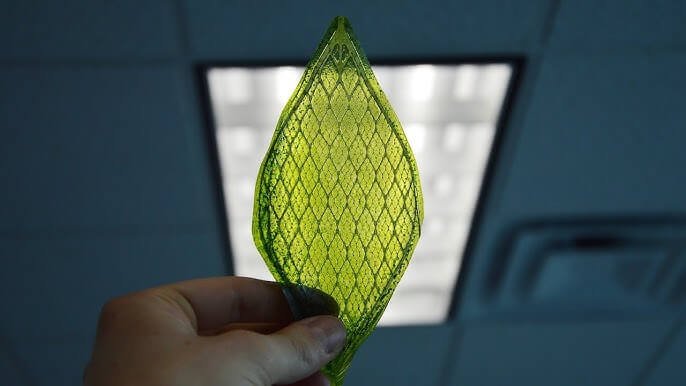Engineer Julian Melchiorri has successfully designed an artificial biological leaf, dubbed Silk Leaf, capable of producing oxygen through chlorophyll photosynthesis. This breakthrough innovation mimics the natural process of tree leaves, absorbing carbon dioxide and releasing oxygen.
Melchiorri’s Silk Leaf consists mainly of silk proteins and chloroplasts, organelles found in plant cells, and eukaryotic algae. When exposed to sunlight and water, the artificial leaf absorbs CO2 and produces oxygen, chemicals, and sugars. This remarkable process occurs without gravity, making it ideal for space exploration.
Melchiorri envisions Silk Leaf as a game-changer for oxygen production in space. Currently, space stations rely on oxygen cylinders and tanks, which are cumbersome and limited. Artificial leaves could provide a sustainable alternative, generating oxygen autonomously. This concept has already shown promising results in experiments, with a single Silk Leaf producing significant amounts of oxygen.
To optimize oxygen production, Melchiorri is exploring nano-bionic interventions on chloroplasts. This technology aims to bring green oxygen generators to space soon. The potential applications extend beyond space travel, as Silk Leaf could integrate into building facades and ventilation systems to enhance urban air quality.
Developed in collaboration with Tufts University, Silk Leaf has garnered attention for its groundbreaking potential. As a Royal College of Art graduate, Melchiorri’s innovative spirit has led to a solution that could revolutionize oxygen production.
While Silk Leaf effectively replicates oxygen production, it cannot produce sugars like natural leaves. Nevertheless, its lightweight, efficient design makes it an attractive solution for space missions and sustainable living.
As research continues, Silk Leaf is poised to make a significant impact. With its potential to transform oxygen production, this artificial leaf is a remarkable step forward.











